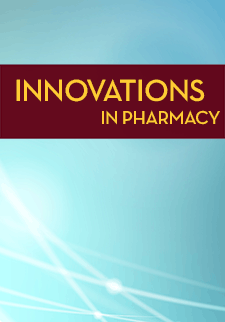Improving Patient Access to Primary Care Providers Using a Pharmacist-Physician Co-Visit Model
Diana Palandri
University of Utah Health
Hanna Raber
University of Utah Health
Casey Tak
University of Utah College of Pharmacy
Elizabeth Bald
University of Utah Health
Katherine Hastings
University of Utah Department of Family & Preventive Medicine School of Medicine
Karen Gunning
University of Utah Health
DOI: https://doi.org/10.24926/iip.v14i2.5106
Abstract
Background: Implementation of a clinical pharmacist in the primary care setting can offset provider time spent managing chronic diseases using Collaborative Practice Agreements (CPAs). The pharmacist-physician co-visit model presents an opportunity for pharmacists to increase patient access to their primary care provider (PCP). Studies of the co-visit model show that co-visits increase clinic efficiency by allowing the PCP to see additional patients and achieve more health care goals compared with independent visits.
Objectives: The aim of this study was to increase patient access to their PCP by utilizing a pharmacist-physician co-visit model at the Madsen Health Center Family Medicine (MHC FM) Clinic. The primary outcome was to identify the number of co-visits completed compared to the number of possible co-visits, and the number of appointment slots made available. The secondary outcomes were to track the time spent with patients and to obtain provider feedback via a survey.
Methods: The co-visit model was implemented as a 4-month pilot study at the MHC FM Clinic. Complex care appointments lasting 40 minutes were selected based on inclusion and exclusion criteria. Potential co-visit appointments were identified one week prior then provider consent was obtained to change the appointment into two separate 20-minute visits. Schedules were reviewed to determine if the appointment slot opened by the co-visit was filled by another patient. Upon completion of the study, a survey was distributed to providers to collect feedback.
Results: A total of five co-visits were completed out of a possible 19 (26%). All the appointments made available were filled by another patient. On average, the provider and pharmacist spent 15 and 14 minutes with the patient, respectively.
Conclusion: Implementation of the physician-pharmacist co-visit model increased the availability of the PCP to see more patients without disrupting clinic workflow and provider schedules.



